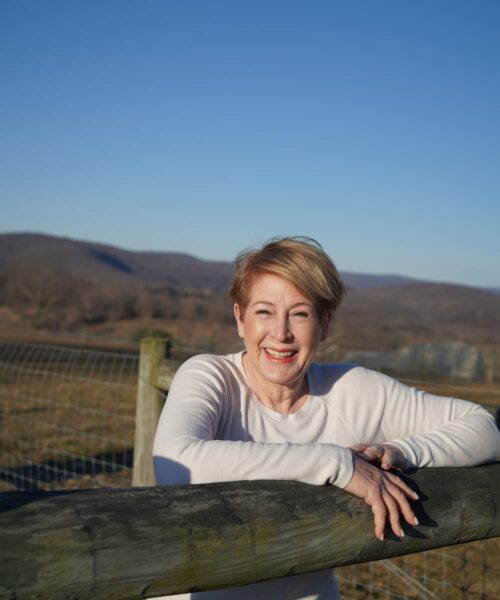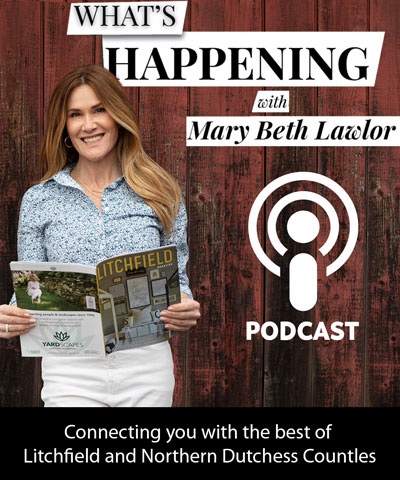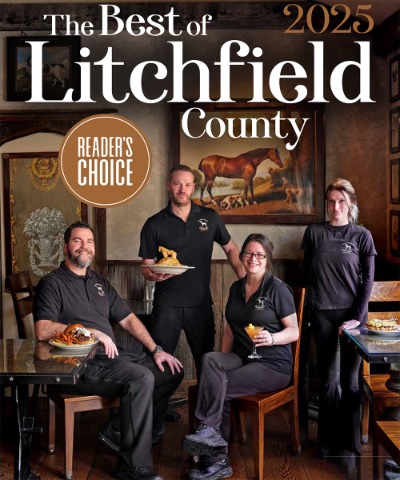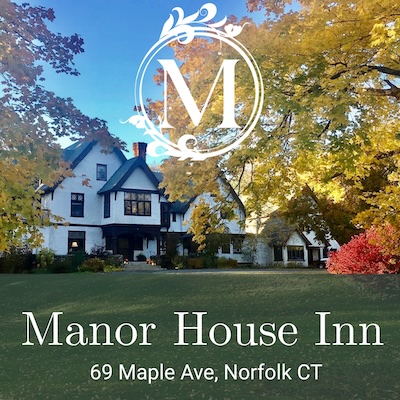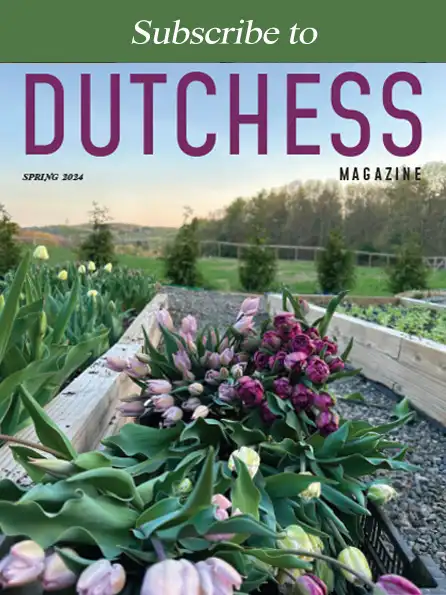April 26, 2023
Protecting Natural Resources
By Clementina Verge
With a long-standing history of safeguarding the region’s natural resources, Northwest Connecticut Land Conservancy protects 21 nature preserves, more than 160 wildlife sanctuaries, and 41 working farms. Now, Connecticut’s largest land trust has a new board president to oversee its future endeavors.
Margery Feldberg’s appointment follows the tenure of Hiram P. Williams under whose “tireless advocacy” some 28,000 acres were preserved, she relates. Of 633,000 acres in Litchfield County, 143,000 are protected.The work, however, is far from over; NCLC aspires to meet the “30 x 30” global conservation initiative to protect 30 percent of the earth’s lands and waters by 2030. The goal requires another 47,000 acres, a task Feldberg recognizes as both “daunting and doable.”
“It will require a collective effort,” explains Feldberg, who previously served 10 years as director of a Colorado land trust. “Specific groups are passionate about different things: wildlife, vistas, recreation, hiking, climate change, or food security. Land conservation is a tactic that covers all these concerns, and my commitment is to continue and advance our efforts to preserve land.”
Feldberg’s passion for conservancy and farming began long before her appointment to the NCLC board. In 1983, while searching for a weekend retreat, a non-working dairy farm in New Milford “spoke to her soul.” In 1987, the cows literally came home and De Hoek Farm, a breeder and purveyor of Angus beef, was established. Feldberg and her husband, Jeremy Levin, expanded their property to more than 100 acres, and in 2007, they partnered with their neighbor and NCLC to protect 400 acres adjacent to their farm.
Impressed by NCLC’s commitment, Feldberg joined its board. With nearly 60 years of proven advocacy, NCLC is the 13th largest conservancy in the United States. Feldberg acknowledges Litchfield County’s 22 “town conservancies as vital” because of local knowledge, but notes that “a regional approach means the sharing of more resources.”
This is crucial in a region centrally located in a multi-state wildlife corridor connecting the Hudson Highlands to Vermont’s Green Mountains, providing 3,000 acres of land and water habitats for some 320 rare, endangered, and threatened species.
Litchfield County’s outdoor spaces have long been inviting, but especially since the Covid pandemic, increased growth and developer interest is contributing to the urgency of conservation, Feldberg emphasizes, and individual groups must become allies in preserving land that is increasingly in demand. Sprawling farms are especially vulnerable.
“Farms were already having a difficult time operating profitably pre-Covid and now they are targeted by increased developer interest as more people have learned of the area’s appeal,” Feldberg notes.
She admonishes others to join the effort of safeguarding the region’s beauty and heritage.
“We need ambassadors, advocates, people in a position to grant easement or donate land,” she declares. “Open space is vital for clean water, recreation, vistas, and everything we hold dear, and we must quicken the pace of protecting it. This is critical, because once the land is lost, it’s forever gone.” —ctland.org





